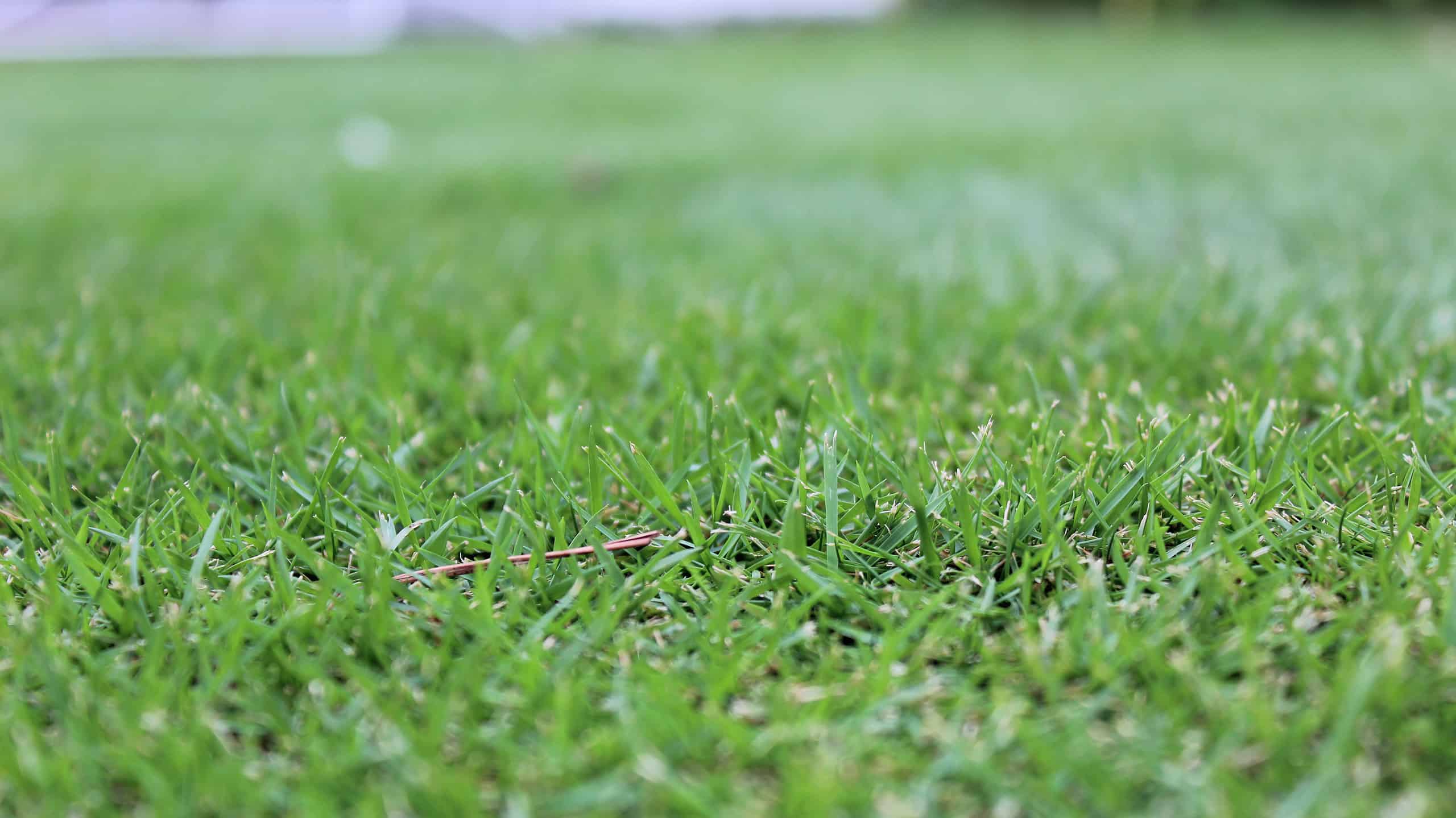Zoysia grass is a warm-season grass that goes dormant in the winter as the ground and air temperatures get cold. Dormancy is normal and doesn’t interfere with the grass’s health or the strength of the roots. Instead, it occurs to help the grass survive until the weather heats back up.
The grass turns golden brown and stops growing during this time, and you might wonder if you’re supposed to do anything to it throughout the colder months. The answer varies based on when you planted your Zoysia grass and where you live.
Mature zoysia grass won’t need maintenance during the fall and winter, and it’ll start growing again in the spring. Recently planted zoysia grass may need a little, but it’ll require minimal effort. In locations where the temperature stays warm year-round, you follow the same routine all year because the grass typically doesn’t go dormant.
1. Mow It Before Dormancy
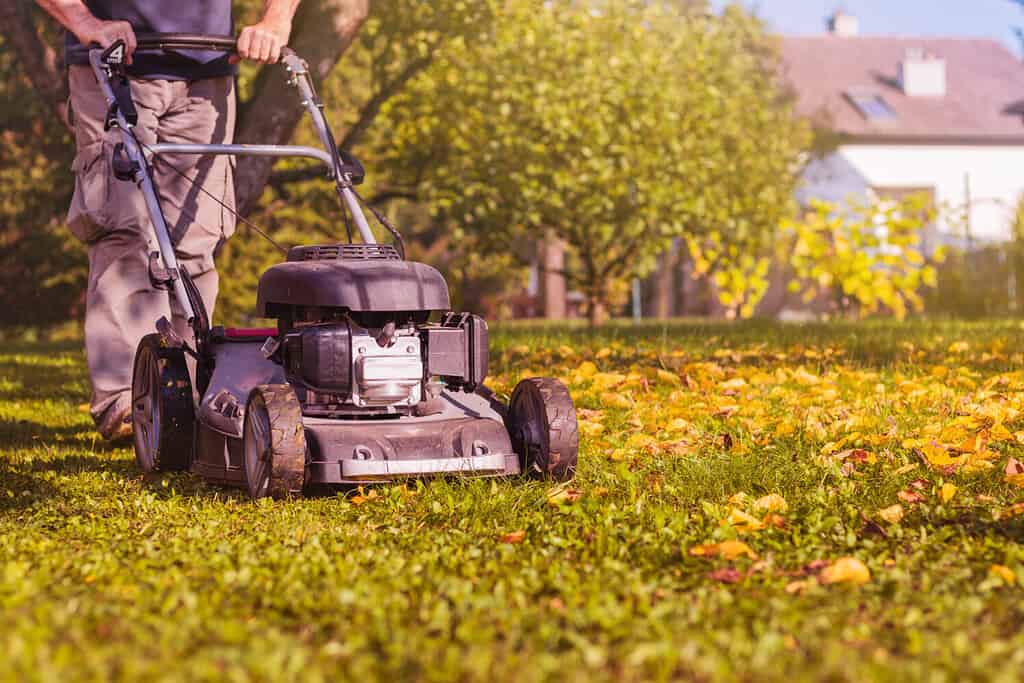
You’ll want to mow your lawn in the fall before it turns brown to keep it at 1-1.5 inches during dormancy.
©encierro/Shutterstock.com
Before your lawn turns brown, you’ll want to mow it down to about 1 to 1.5 inches. Once it becomes dormant, don’t mow or aerate it, or the Zoysia plugs lose protection when frost comes. Then, don’t mow again until the zoysia grass turns green and begins growing again.
If your grass ever gets too long, you may have to mow it a few times to get back to the recommended 1-1.5 inches before dormancy sets in. Removing more than one-third of the grass blade at once can damage it, so set your mower to different heights as you work your way down.
2. Water As Necessary
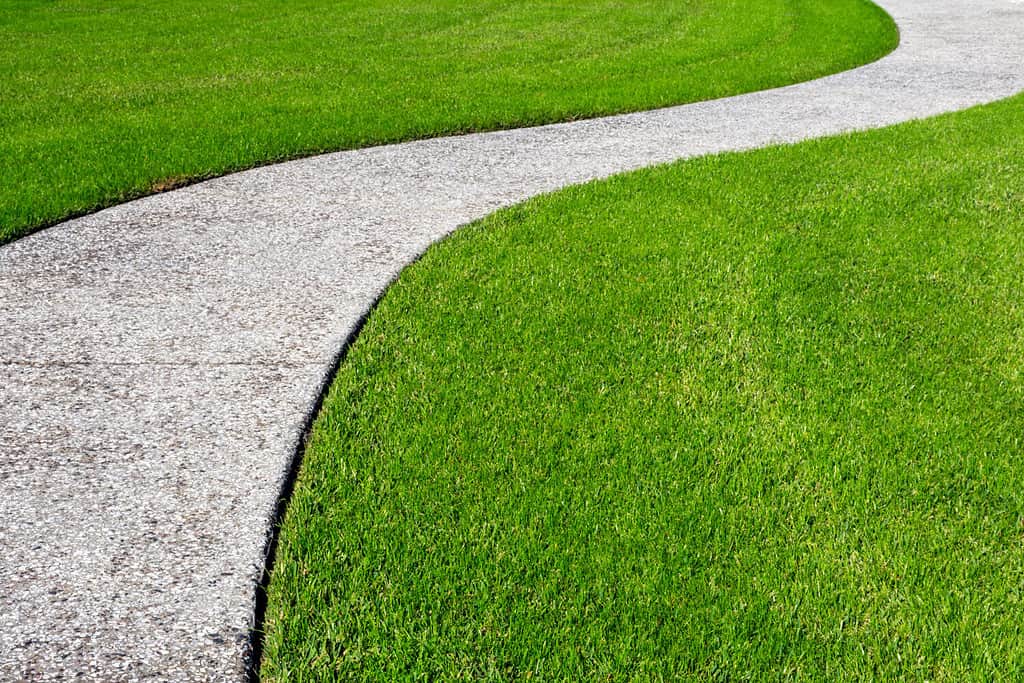
You may not have to water zoysia grass in the winter unless the weather is unusually dry.
©Joanne Dale/Shutterstock.com
Mature Zoysia grass won’t need watering unless the winter is unnaturally dry. Their root system is deep enough they have plenty of moisture deeper in the ground. On the other hand, if it’s less than a year old, you should water it biweekly if there isn’t much rain or snow in your area.
3. Don’t Wait Until Summer for Weed Prevention

Crabgrass and other weeds often grow in zoysia grass, but you can prevent them by treating your yard before the weed seeds germinate.
©iStock.com/Yesim Sahin
Zoysia grass often gets weeds called crabgrass and annual bluegrass that interfere with the appearance of your lawn. They also disrupt the grass’s health and can displace the grass by sucking all the nutrients.
You can prevent these weeds with pre-emergent herbicides, but you must do it before the seeds germinate when the soil reaches 55 degrees Fahrenheit. Waiting until the weeds germinate will likely interfere with how well the weed preventer works.
4. Take Care of Fallen Leaves
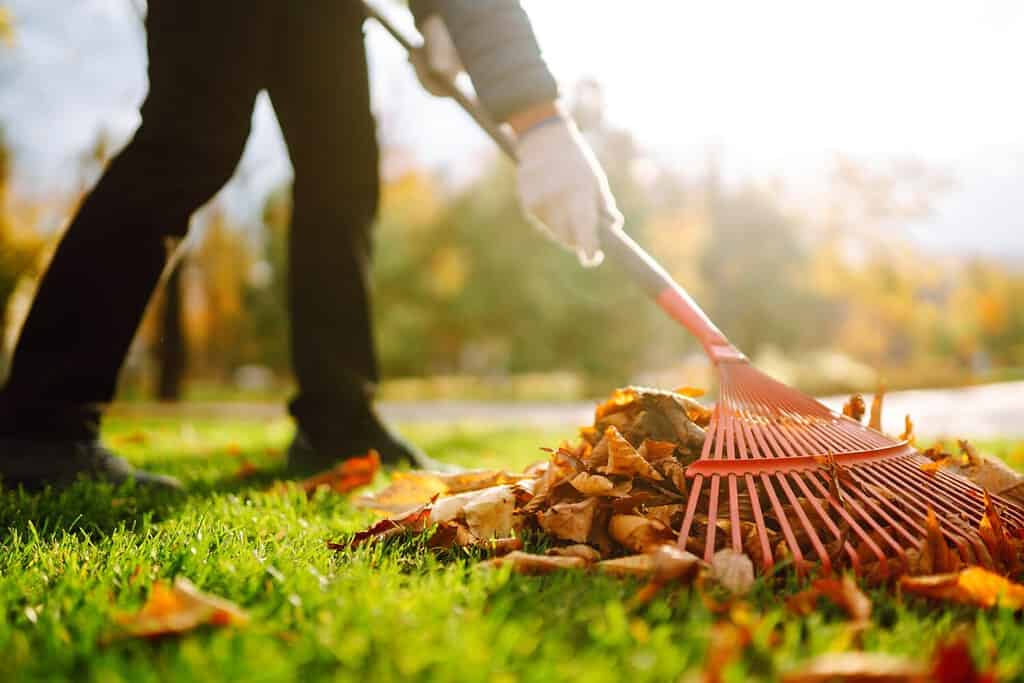
Leaving leaves all over your yard can smother the grass, so aim to mulch or rake them before snow piles up.
©maxbelchenko/Shutterstock.com
Leaf management is essential to prevent them from smothering your Zoysia grass. Before snowfall, rake or mulch the leaves in your yard so your grass can grow as soon as the temperature warms up. If you’re feeling creative, you can also preserve leaves for crafts or decor.
5. Keep It Healthy in the Summer
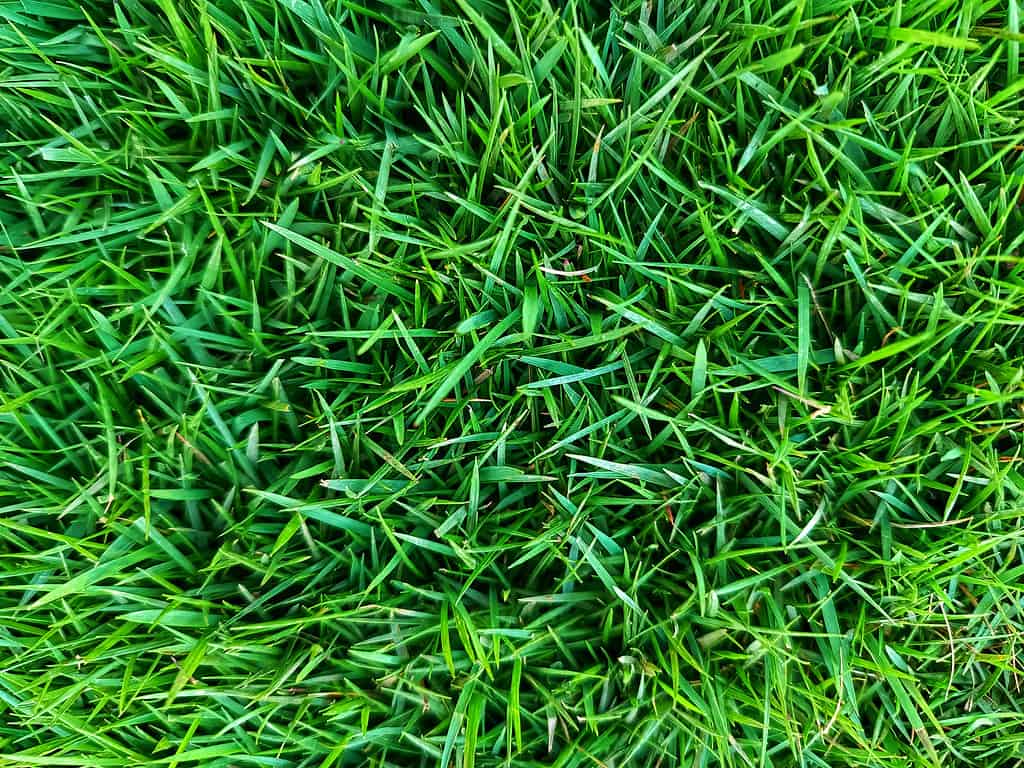
Taking care of your grass in the summer leads to it being healthy and strong during dormancy.
©iStock.com/HendSTD
Making sure your Zoysia grass is healthy during the summer ensures it’s strong going into the cold months. Water the grass as necessary, giving it at least 1 inch weekly if it doesn’t rain.
Zoysia can also go dormant in the summer without enough water. It’ll turn green again once it receives more. If the weather is hotter than usual, you might want to give it 2 inches of water instead.
You can also consider aeration to loosen compacted soil and help nutrients and water reach the soil and roots. Aeration removes plugs from the lawn to enhance oxygenation and drive root depth. It also promotes drainage and can help prevent a fungus called Zoysia Patch.
Zoysia Patch is often called Large Patch, and it typically occurs in early spring when the ground is wet and temperatures are mild. You’ll recognize it when the grass looks yellow or bleached and gets thinner. If the fungus is still active, the edges of the affected area will look orange or bronze.
Summary of Zoysia Grass in the Winter
| Number | Tip |
|---|---|
| 1 | Mow it before dormancy |
| 2 | Water as necessary |
| 3 | Don’t wait until summer for weed prevention |
| 4 | Take care of fallen leaves |
| 5 | Keep it healthy in the summer |
Thank you for reading! Have some feedback for us? Contact the AZ Animals editorial team.

